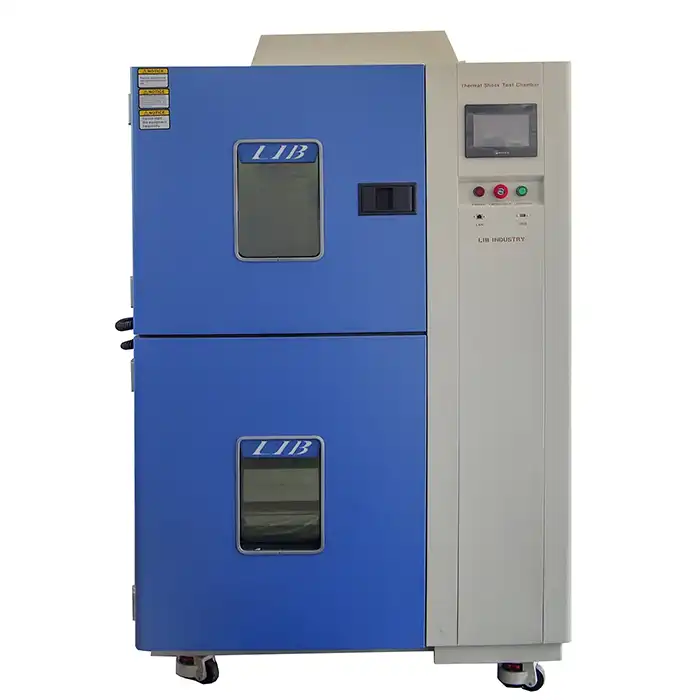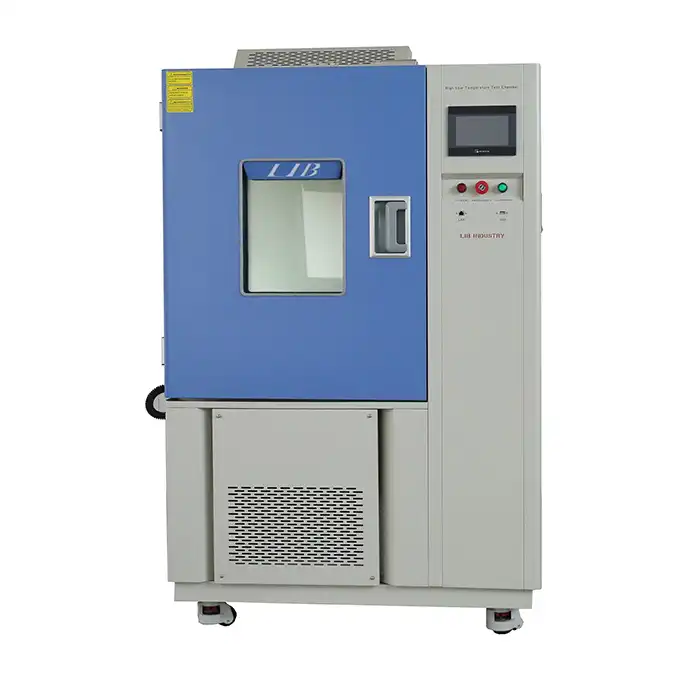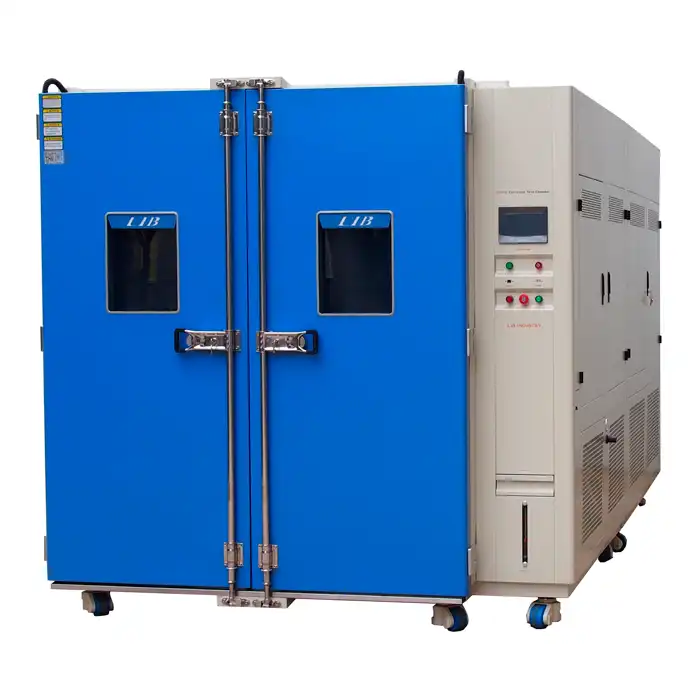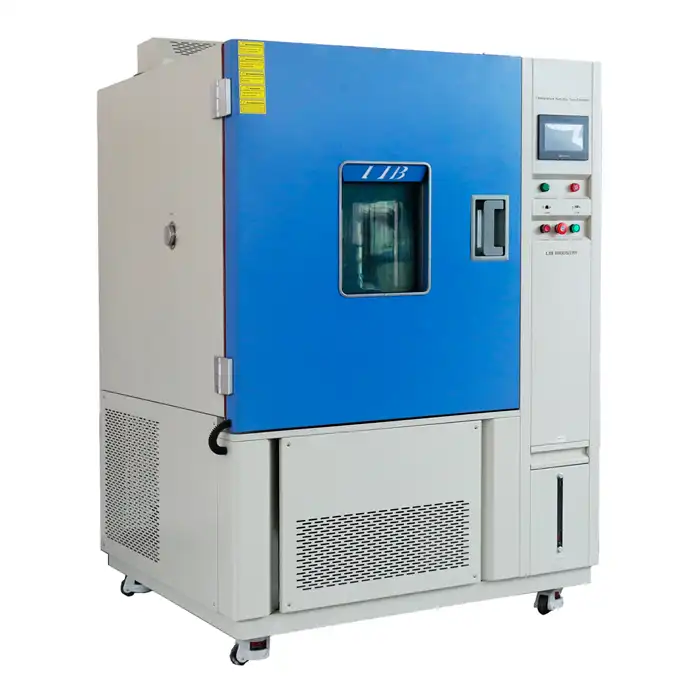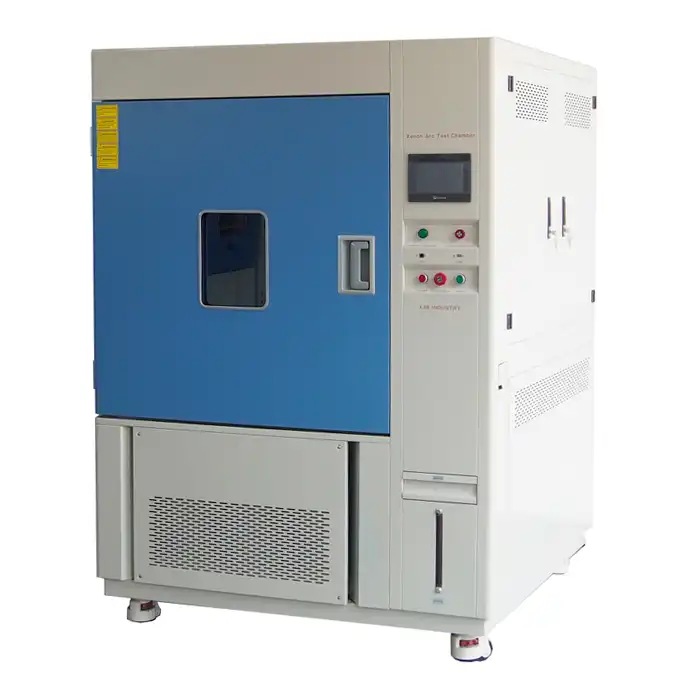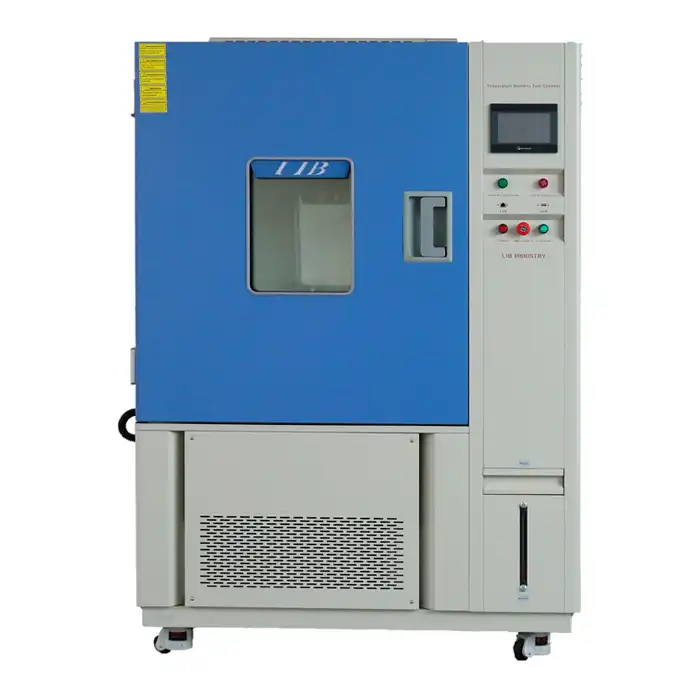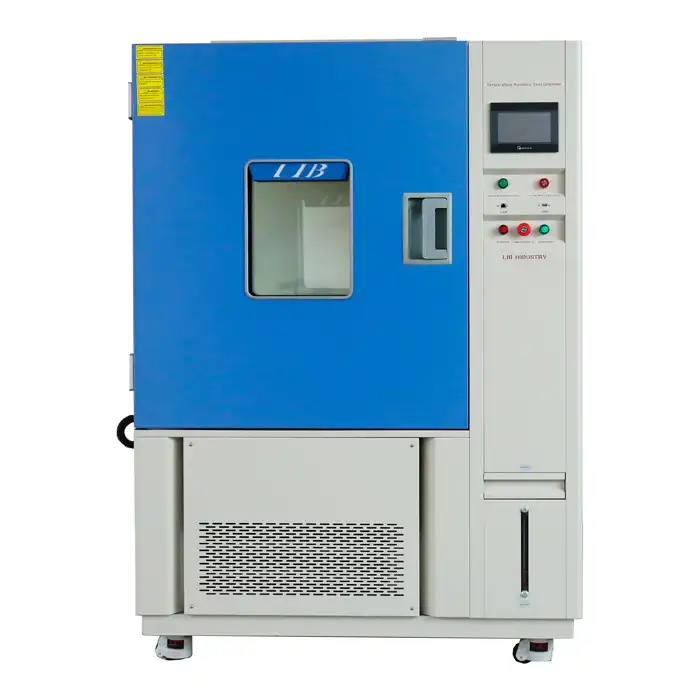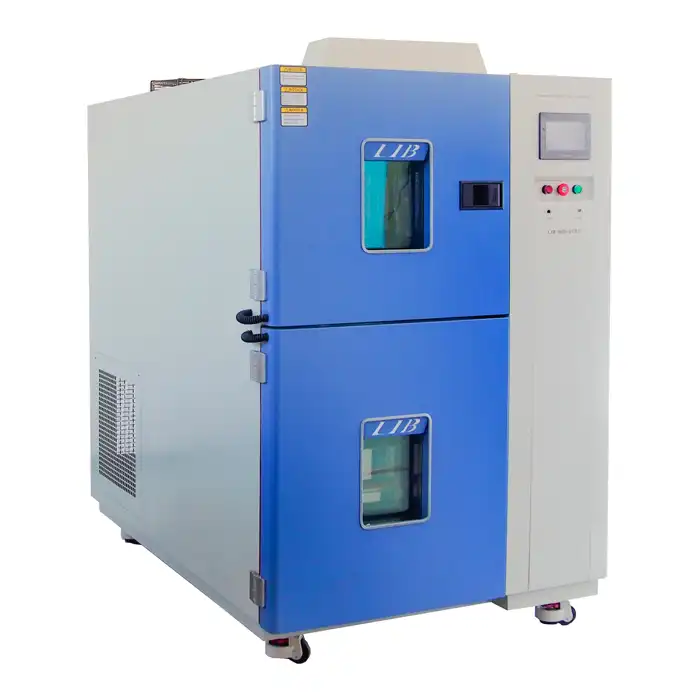What is the IPX3 water test?
What is the IPX3 Water Test?
In the field of natural testing, the IPX3 water test stands out as a fundamental evaluation for items that are ineffective against dampness openness. When making hardware, lighting equipment, or outdoor gear, it is essential to protect against water entry in order to guarantee the security and durability of the products.
A product's resistance to water spray is specifically evaluated using the IPX3 test. It involves spraying the item with controlled water at varying intensities and angles. The product's enclosure's ability to prevent water from entering its components, which could break or cause problems in real life, can be evaluated using this simulation.
The IPX3 water test demonstrates to manufacturers that outdoor sensors, smartphones, and tablets can withstand splashes or rain without sacrificing performance or safety. Similar to how outdoor lighting fixtures need to be able to withstand the elements, IPX3 certification is crucial to ensure that they are dependable and will last a long time.
IPX3 testing altogether affects outside equipment like cameras, GPS gadgets, and ruggedized instruments. These things can reliably work in various circumstances, including moist conditions and wet and tempestuous conditions, by virtue of their assurance from water entrance.
The IPX3 water test serves primarily as a benchmark for evaluating a thing's solidarity rather than water transparency. Since it guarantees that items meet severe toughness necessities, it is significant in light of the fact that it gives the two makers and buyers trust in their constancy in various conditions. By passing IPX3 testing, manufacturers demonstrate their responsibility to produce items that perform well and can withstand dampness and openness over their functional lifetimes.
Understanding the IPX3 Test Chamber
The IPX3 test chamber is painstakingly intended to copy genuine circumstances where things could encounter water sprinkle at described places and powers. The level of protection offered against the intrusion of solid objects, dust, accidental contact, and water into electrical enclosures is categorized and evaluated using the Ingress Protection (IP) rating system. The IP rating system cannot function without this test.
The IPX3 test, in particular, looks at an item's resistance to water from a shower. Spraying the item with controlled water at a rate of 0.7 liters per minute at a 60-degree angle from the vertical is what is required. This method simulates conditions like light rain or water sprinkles to assess how well the enclosed area prevents dampness from entering the interior.
Manufacturers know that their products can withstand typical environmental conditions without sacrificing functionality or safety with a good IPX3 rating. This is crucial in all kinds of businesses. IPX3 accreditation is beneficial for gadgets like cell phones, tablets, and open air sensors since it ensures their steadfastness in wet or stormy circumstances. Similar to how outdoor lighting fixtures must withstand the weather, IPX3 testing is required to ensure their long-term performance and durability.
Things anticipated external activities, similar to cameras, GPS contraptions, and ruggedized mechanical assemblies, also go through IPX3 testing to show their solidarity against water transparency. These gadgets can work really in various settings, including metropolitan conditions and outside undertakings, since they satisfy IPX3 guidelines.
In conclusion, the IPX3 test chamber is an important part of determining whether a product can withstand water spray in controlled environments. It is a part of the broader IP rating system that helps consumers and manufacturers figure out how much protection they have against moisture intrusion. This ensures that products meet high quality and safety standards for the applications they are intended for.
How Does the IPX3 Test Work?
The product being tested is placed inside the IPX3 test chamber during an IPX3 test. A controlled water spray is delivered to the product through this specialized chamber at a 60-degree angle relative to the vertical axis. The water is showered at a pace of 0.7 liters each moment per square meter for a span of five minutes.
This rigorous procedure is made to look like the real-world conditions in which products might get wet or splashed with water. The test evaluates the product's resistance to water infiltration by administering this standard water spray. In particular, it assesses how really the item's nook shields inward parts from dampness entrance.
Because it demonstrates the product's ability to maintain operational integrity in environments with moderate water exposure, manufacturers must achieve a satisfactory IPX3 result. This is especially crucial for outdoor lighting, electronics, and other items designed to be used in a variety of weather conditions.
The IPX3 rating acquired from this test furnishes buyers with significant data about the item's dependability and strength against water sprinkles. It reassures them that the product can withstand typical challenges posed by the environment without sacrificing performance or safety.
All in all, the IPX3 test directed in the chamber evaluates an item's protection from water shower, guaranteeing it fulfills rigid quality guidelines and performs dependably under commonplace weather patterns.
Importance of IPX3 Testing in Product Development
Ensuring Product Reliability: By subjecting products to IPX3 testing, manufacturers can verify that their designs effectively prevent water ingress under specified conditions. This helps in improving product reliability and durability.
Meeting Regulatory Standards: Many industries, especially those involving consumer electronics and outdoor equipment, must comply with international standards that mandate IPX3 testing. Adhering to these standards not only ensures legal compliance but also enhances consumer trust in the product.
Enhancing Product Quality: Conducting IPX3 tests during the development phase allows manufacturers to identify potential weaknesses in their products' water resistance early on. This proactive approach leads to improvements in design and manufacturing processes, ultimately resulting in higher-quality products.
Choosing the Right IPX3 Test Chamber
When selecting an IPX3 test chamber, several factors should be considered to ensure accurate and reliable testing results:
Chamber Design and Build Quality: The chamber should be constructed from durable materials that can withstand repeated use and exposure to water.
Control and Monitoring Capabilities: Look for chambers that offer precise control over water flow rate, spray angle, and test duration. Accurate monitoring of these parameters is essential for consistent and reproducible test results.
Compliance with Standards: Verify that the chamber complies with relevant international standards (such as IEC 60529) to ensure the validity and acceptance of test results globally.
Conclusion
In conclusion, the IPX3 water test is a vital component of product testing and quality assurance in various industries. By understanding how the IPX3 test chamber operates and its significance in evaluating water resistance, manufacturers can make informed decisions that contribute to the overall reliability and marketability of their products.
For businesses involved in environmental testing solutions like the IPX3 x4 test chamber, ensuring comprehensive understanding and compliance with these standards is crucial. If you're seeking reliable testing equipment or more information on IPX3 testing, feel free to reach out to us at info@libtestchamber.com.
Remember, protecting your products from water ingress isn't just about meeting standards—it's about ensuring customer satisfaction and product longevity in real-world conditions.



